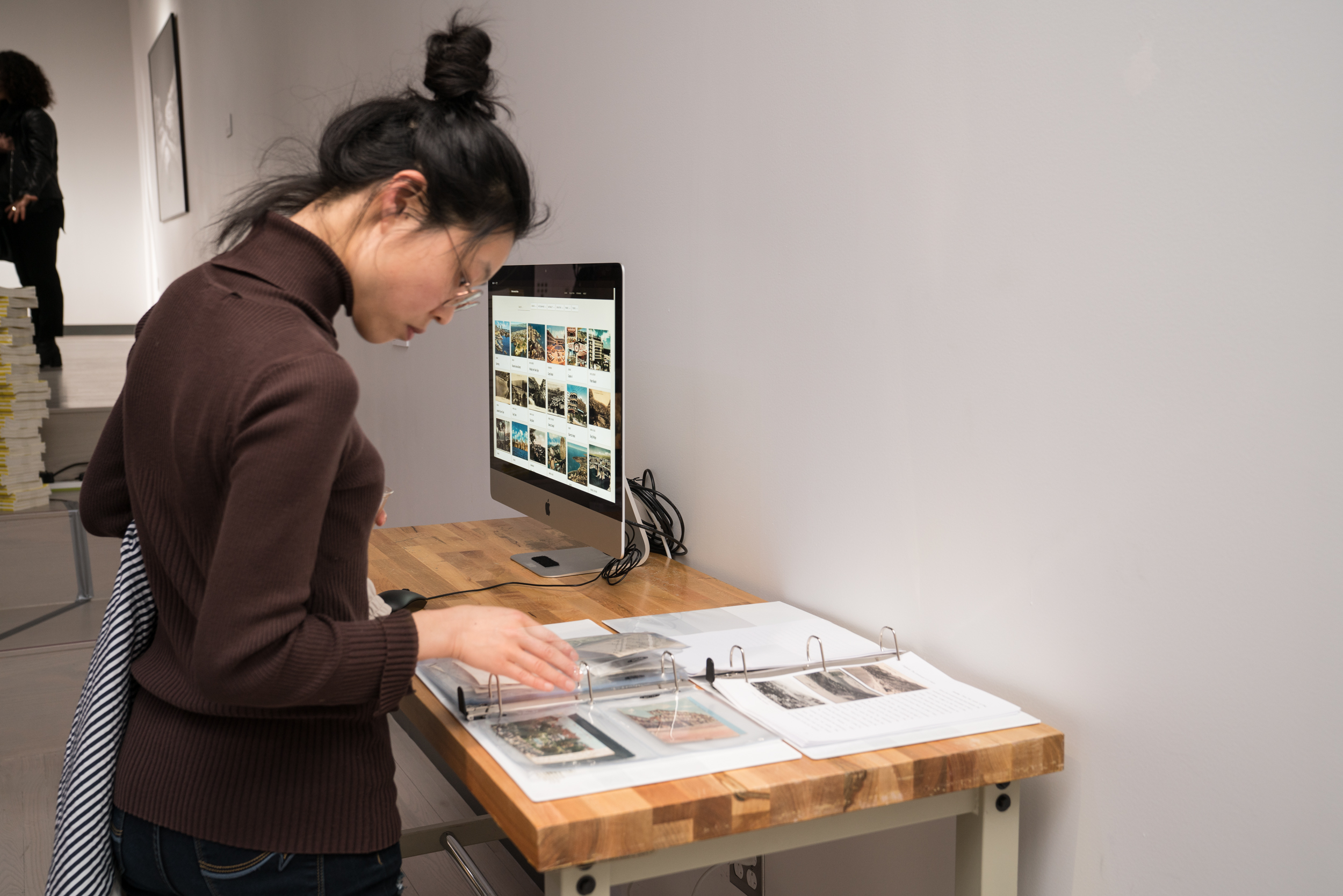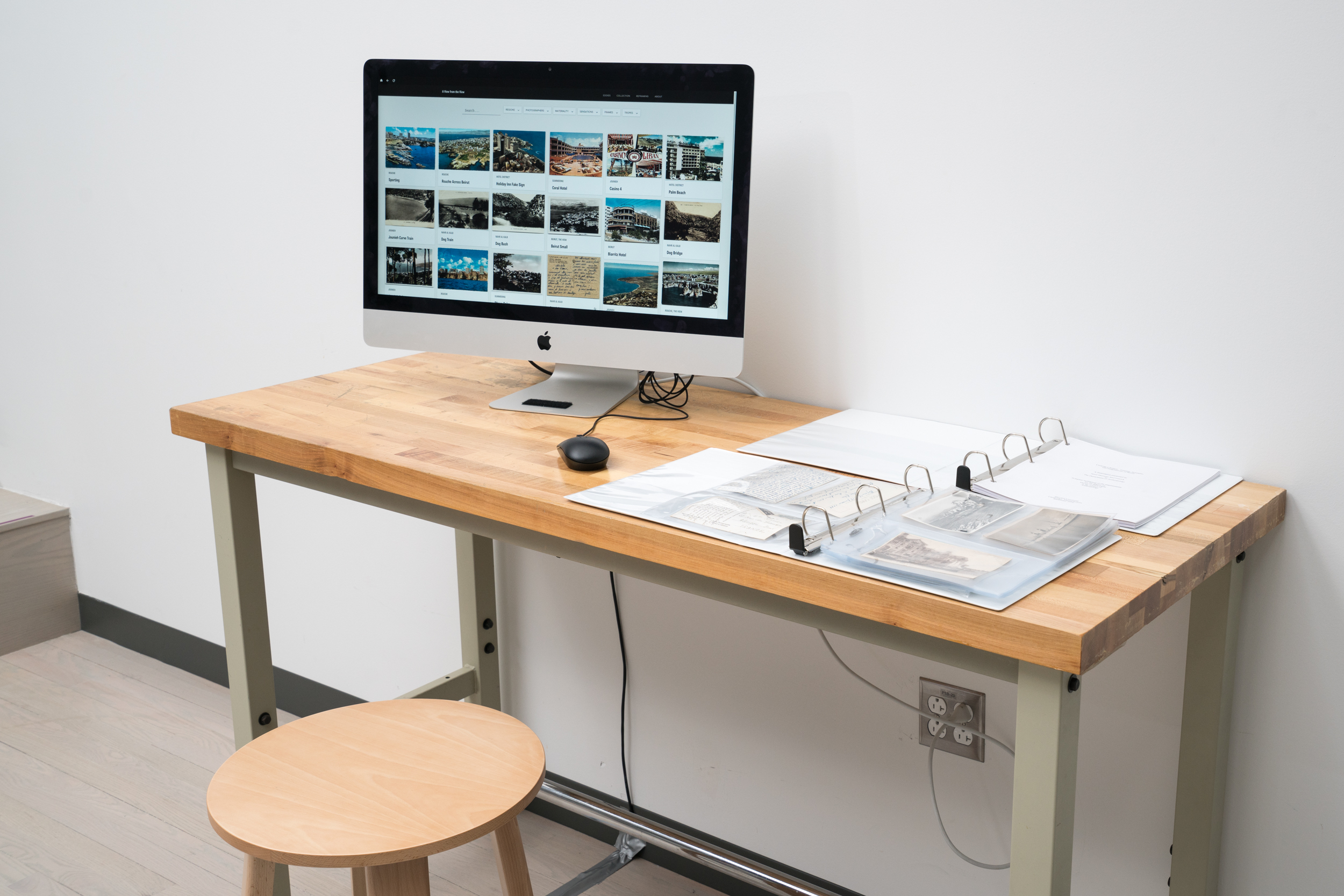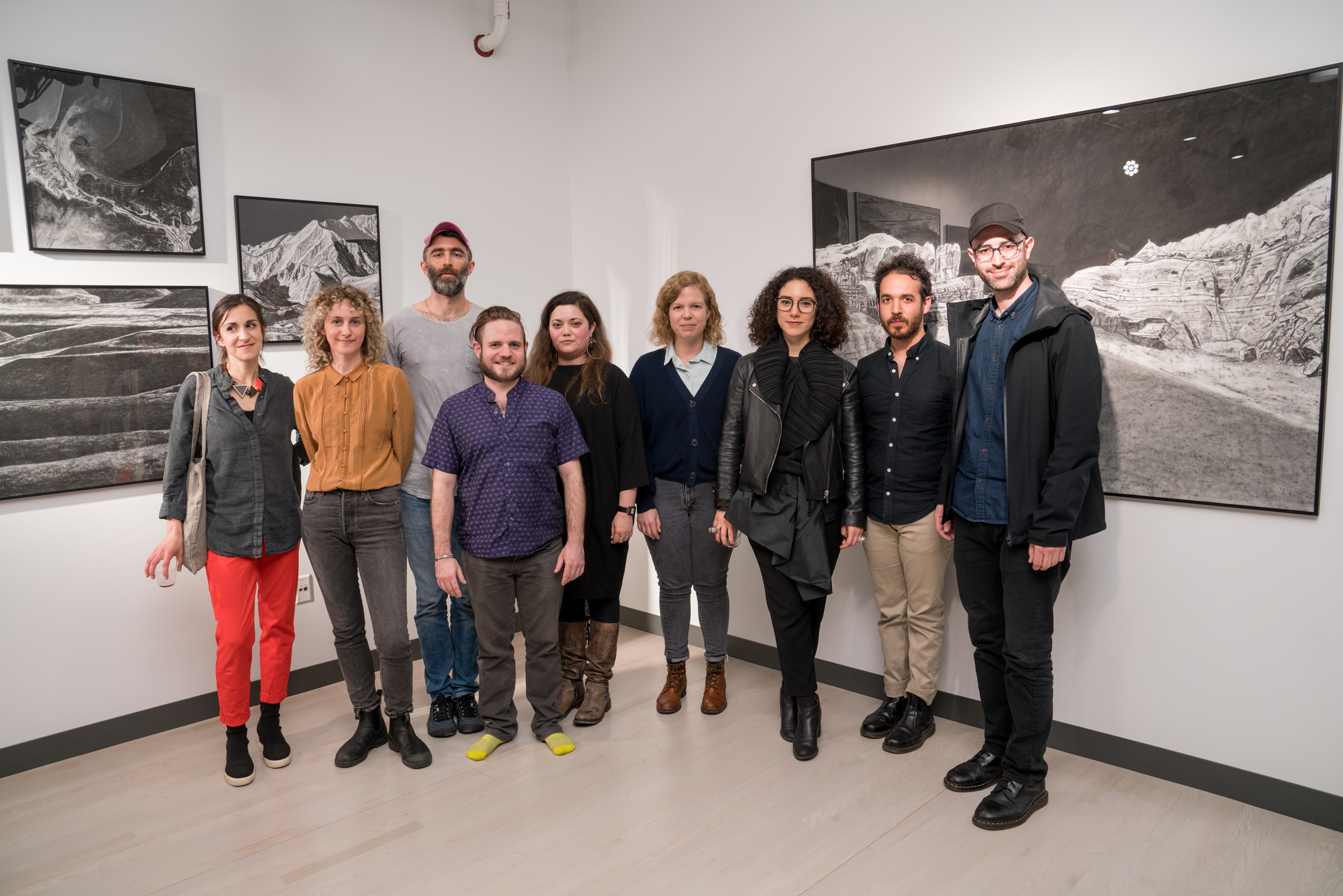American Anthropological Association Conference - 2020
Middle East Section Special Event:
Fieldwork in the Time of COVID: Challenges and Possibilities
Oct 30, 2020, 5:00-6:30 PM EST
Join us for the roundtable "Fieldwork in the Time of COVID" featuring four scholars who reflect on how the current pandemic has created new challenges as well as opportunities for re-thinking field research. They will discuss:
- How to re-conceptualize projects that have been disrupted by COVID
- How to design field research that engages with the anthropological questions raised by the current situation
- What can we learn from scholars who have already engaged in the ethnography of virtual spaces.
Presentations will be brief and followed by Q &A. This event open to all; graduate students are particularly encouraged to attend.
Featured Speakers:
Hayal Akarsu is Junior Research Fellow in Crown Center for Middle East Studies and Lecturer in Anthropology at Brandeis University. Her research explores the connections between policing, human rights, transnational flows and governance, and lived experiences of security and insecurity. Her recent project, an ethnography of police reforms in Turkey, has yielded publications in American Ethnologist, Anthropology Today, and Society and Space.
Jared McCormick, is Acting Director, Director of Graduate Studies, & Faculty Fellow at the Kevorkian Center for Near Eastern Studies, New York University. His research explores issues of tourism, leisure industries, and queer mobilities, particularly through digital methodologies. He has conducted fieldwork in Lebanon and the GCC.
Karen Rignall is Assistant Professor in the Department of Community Leadership Development at the University of Kentucky. Her scholarship encompasses agri-food systems, economic development in rural communities, land tenure and land rights, and labor migration, with a particular focus on Morocco.
Sarah Wagner is Associate Professor of Anthropology at George Washington University. Her research on Bosnia and Herzegovina and the US examines war and memory; nationalism; biotechnology and forensic science; post-conflict social reconstruction; forced migration and diaspora; interventionism; and military culture.




















